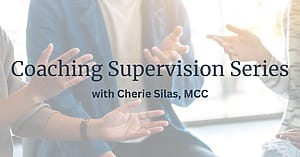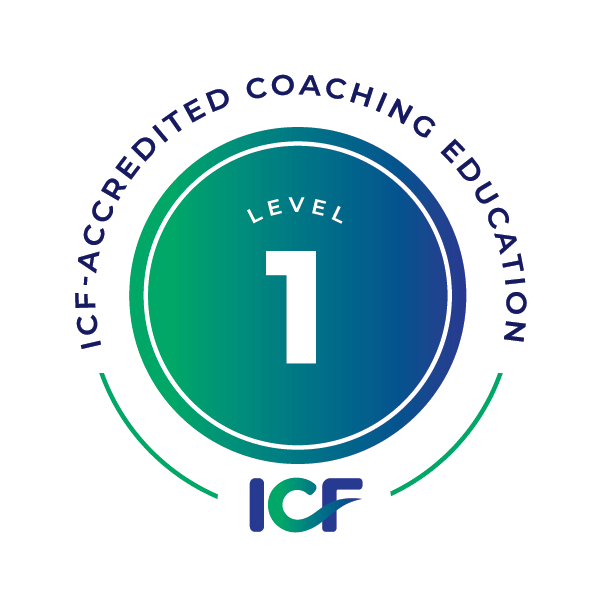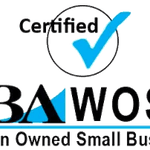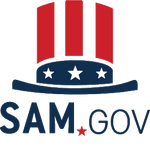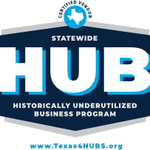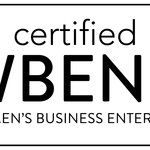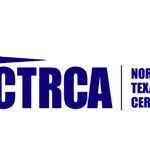Coaching supervision is a powerful tool for continuous professional growth. Yet, to genuinely benefit from supervision, intentionality is essential. By actively preparing, engaging openly, and thoughtfully following up after sessions, coaches can significantly elevate their professional development.
Preparation (Before the Session)
Clearly Define Your Objectives
Coaches who approach supervision with clear, defined objectives find deeper value in each interaction. Before your session, reflect on what you most want to explore. Are you facing a challenging client dynamic or seeking deeper self-awareness in your coaching practice? Write down your goals in a simple, clear format to guide the session effectively.
Reflect in Advance
Invest a few minutes reviewing recent coaching scenarios or challenges you’ve faced. Reflecting in advance enables richer dialogue and deeper insights. For example, a coach might note struggles with boundary-setting, leading to a targeted and fruitful discussion.
Engagement (During the Session)
Be Open, Honest, and Reflective
Genuine openness in supervision sessions accelerates growth. Embrace vulnerability; supervisors provide a safe, confidential space precisely for this purpose. Being authentic about struggles or uncertainties opens the door to transformational insights.
A coach who openly discussed their discomfort handling a client’s resistance to change discovered new strategies through their honesty, profoundly enhancing future coaching effectiveness.
Utilize Questions Effectively
Powerful supervision sessions are often driven by thoughtful questioning. If something remains unclear or you’re intrigued by a supervisor’s comment, ask further questions. Doing so facilitates deeper exploration and can unlock meaningful insights, enhancing your practical coaching skills.
Follow-Up (After the Session)
Take Actionable Notes
Post-session reflection is essential. Immediately afterward, summarize key insights and actionable takeaways. These notes can guide future sessions and provide practical tools for addressing coaching challenges. Consistent note-taking establishes clarity and ensures you don’t lose valuable insights.
Regularly Reflect and Integrate
Between supervision sessions, integrate insights into your coaching practice. Regular reflection helps solidify learning and creates lasting professional growth. A coach who consistently integrated session insights noticed improved confidence and client outcomes.
Real-Life Examples: Effective vs. Ineffective Approaches
- Effective: Maria consistently prepares by identifying specific client-related scenarios to discuss. During sessions, she’s open about her struggles, actively engages with insightful questions, and immediately applies feedback. Over time, Maria experiences clearer boundaries and increased confidence in client interactions.
- Ineffective: John attends supervision sessions without preparation, passively engages, and seldom follows through with insights afterward. Despite regular supervision, John feels stagnant, gaining limited practical benefit from sessions.
Conclusion
Intentional preparation, active engagement, and thoughtful follow-up consistently elevate the value derived from coaching supervision. By committing to these practices, coaches enhance professional capabilities, increase self-awareness, and ensure more meaningful client interactions.
Further Your Learning:
- What Is Coaching Supervision and Why Does It Matter?
- Top Benefits of Coaching Supervision for Coaches (and Their Clients)
- How to Find and Choose the Right Coaching Supervisor
- Coaching Supervision vs. Coach Mentoring: What’s the Difference?
References:
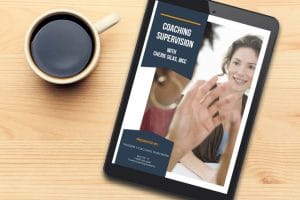
Group Supervision Explained
Download our free Group Supervision brochure that answers all your questions about Group Supervision and how it can benefit YOU.
"*" indicates required fields
Explore Other Coaching Supervision Topics
About the Author
Cherie Silas, MCC
She has over 20 years of experience as a corporate leader and uses that background to partner with business executives and their leadership teams to identify and solve their most challenging people, process, and business problems in measurable ways.


